Once upon a time Blockbuster, a thriving giant video rental store, had the opportunity to purchase a fledgling Netflix for 50 million dollars. The leadership at Blockbuster was skeptical that this new streaming technology would catch on. They turned down the opportunity.
Netflix, no longer a fledgling, is now alive and well, and recently valued at three billion—yes billion with a “B”—dollars.
Blockbuster. What were they thinking?
The problem is they weren’t thinking.
They were acting on emotions, assumptions, and a dearth of information. Their conclusions led to an action plan that was fatally flawed.
Inspired by Blockbuster, here are Five Easy Steps To Kill Your Business:
Step One: Make a decision based on emotion rather than reason.
We are emotional creatures. Spock might be able to turn off his feelings but we’re stuck with ours. The best we can do is be aware of the emotions running in the background of our brain and take them into consideration when making a decision. If I’m aware I’m feeling anxious when considering a big decision I can anticipate that my anxiety will influence my reasoning process. Then I can compensate for that emotion. If I’m feeling euphoric and over-confident, I can dial back my optimism and strive for a more realistic approach to my decision.
Blockbuster passed on purchasing Netflix because they didn’t see the need to change. They were confident their business plan was working and that Netflix strategy would never fly. They were arrogant.
Step Two: Make a decision based on assumptions
Assumptions are how we believe things should be. Sometimes assumptions are actually based in fact, but sometimes they are not. Whether fact or fiction, our assumptions feel true to us. Failure to create an inventory of my assumptions and then challenge them will lead me down the road to disaster in a hurry.
Blockbuster made the assumption that streaming videos would never catch on. When they finally realized the error of their ways and tried to join the streaming revolution, it was too late.
Step Three: Don’t consider the source or veracity of your information
Anyone can post just about anything on the internet. It’s amazing how many posts are regarded as fact when the content is not current, relevant, authoritative, accurate, and whether or not the purpose of the author is to inform (or merely sell you something.) Just in case you missed it, by the way, this spells CRAAP. And that’s exactly what you end up with when you neglect the facts.
Blockbuster didn’t get all the facts. They didn’t understand that to remain relevant and competitive in a constantly changing market they needed to change with it. They didn’t take into consideration that technology was advancing at an exponential rate, and what seems impossible today is old school tomorrow.
Step Four: Draw faulty conclusions
Since you’re making an emotional decision based on assumptions and fiction, your conclusions are probably going to take you down the road in the opposite direction from where you need to go. You will end up with faulty conclusions. Blockbuster concluded that their best plan of action was to remain in the brick and mortar business and not deviate from the plan. They were stuck in concrete.
Step Five: Don’t take time to create a detailed plan of action
Really Bad Decision-Makers come up with emotionally driven, assumption-based conclusions that lull them into a false sense of security. They end up leaving crucial details out of their execution plan.
When Blockbuster began to realize that the paradigm for video rental was changing, they didn’t take time to reconsider their feelings and their assumptions, then gather facts to inform a sound action plan in order to reclaim their vanishing market share. Instead, they pursued one poorly-though-out initiative after another: blue boxes imitating red boxes, no rental fees, small-scale video streaming. Rather than charting a course and remaining consistent, they bounced from one plan to another following instead of leading the pack. Those ever-changing initiatives du jour drained the company of precious resources that could have provided a reserve to help them ride out the storm.
As a result, Blockbuster as we know it is gone. Dead. Kaput.
There are just three Blockbuster Video stores still standing, All in Alaska. I guess it’s hard to stream when you live in the boonies. I had to drive to Coffeyville Kansas to find an abandoned Blockbuster that still had the signage. The rest of the stores are like dust in the wind.
Gone.
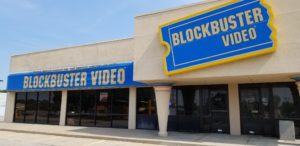
My challenge: Think of a company that made an RBD [Really Bad Decision]. Here are some that seem to make the news a lot: United Airlines, Wells Fargo, Volkswagen. Or if you’re sentimental, go back in time to Coke, or Kodak, or Enron. If you look at their Really Bad Decision, you’ll see these same five steps in action.
Here’s the point: If you want to stay in business, don’t make RBDs [Really Bad Decisions]. They are costly. When you consider the small amount of time it takes to use the following five steps to make a good decision, you’ll realize a great return on your investment.
Five Steps To a Really Good Decision [RGD]
- Take into account your emotions when you must make a decision.
- Inventory and challenge your assumptions.
- Run the CRAAP test on your information (Credible? Relevant? Authoritative? Accurate? Purpose?).
- Base your conclusions on solid facts, not gut feelings.
- Build a detailed action plan from your conclusions.
These are your best tools for thinking like a leader. Let these five steps guide your decision-making process. Put them in your tool box and use them often.
Don’t be a Blockbuster.
Tim Hast is a partner at Encore Life Skills LLC. He loves to facilitate “Think Like a Leader – Five Steps to a Really Good Decision” as a seminar and as an online e-learning experience. For more information.

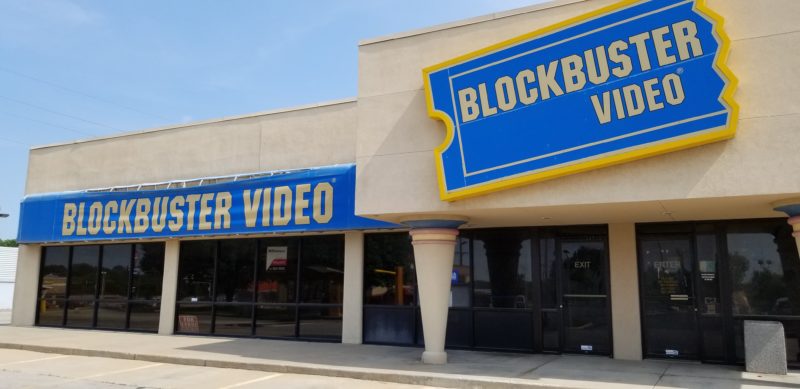
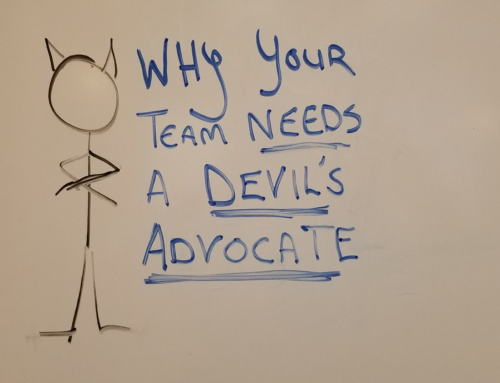
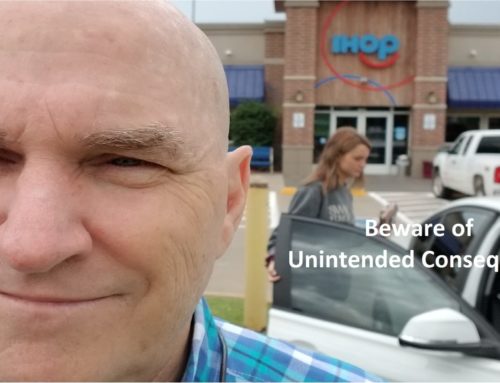
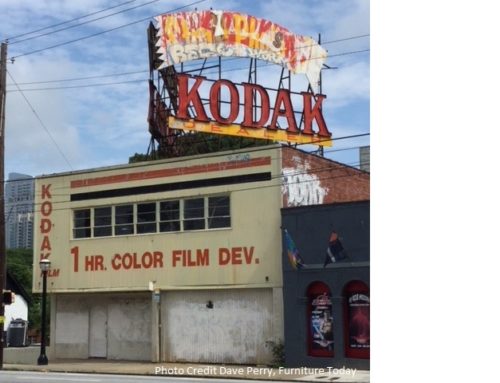
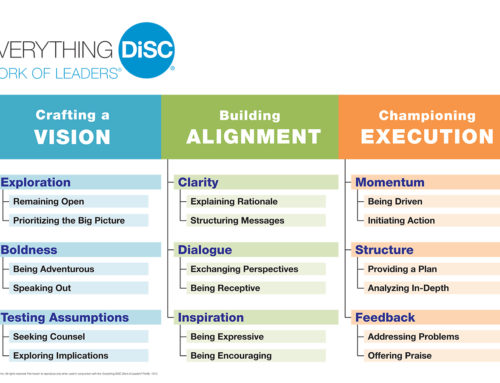
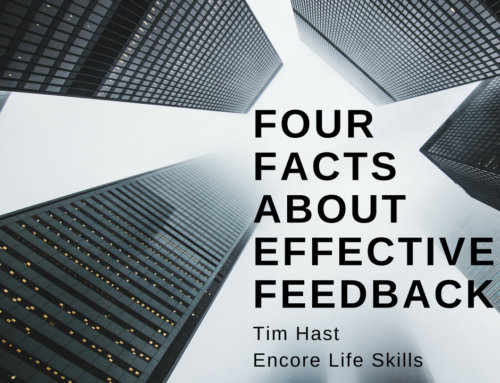
Leave A Comment